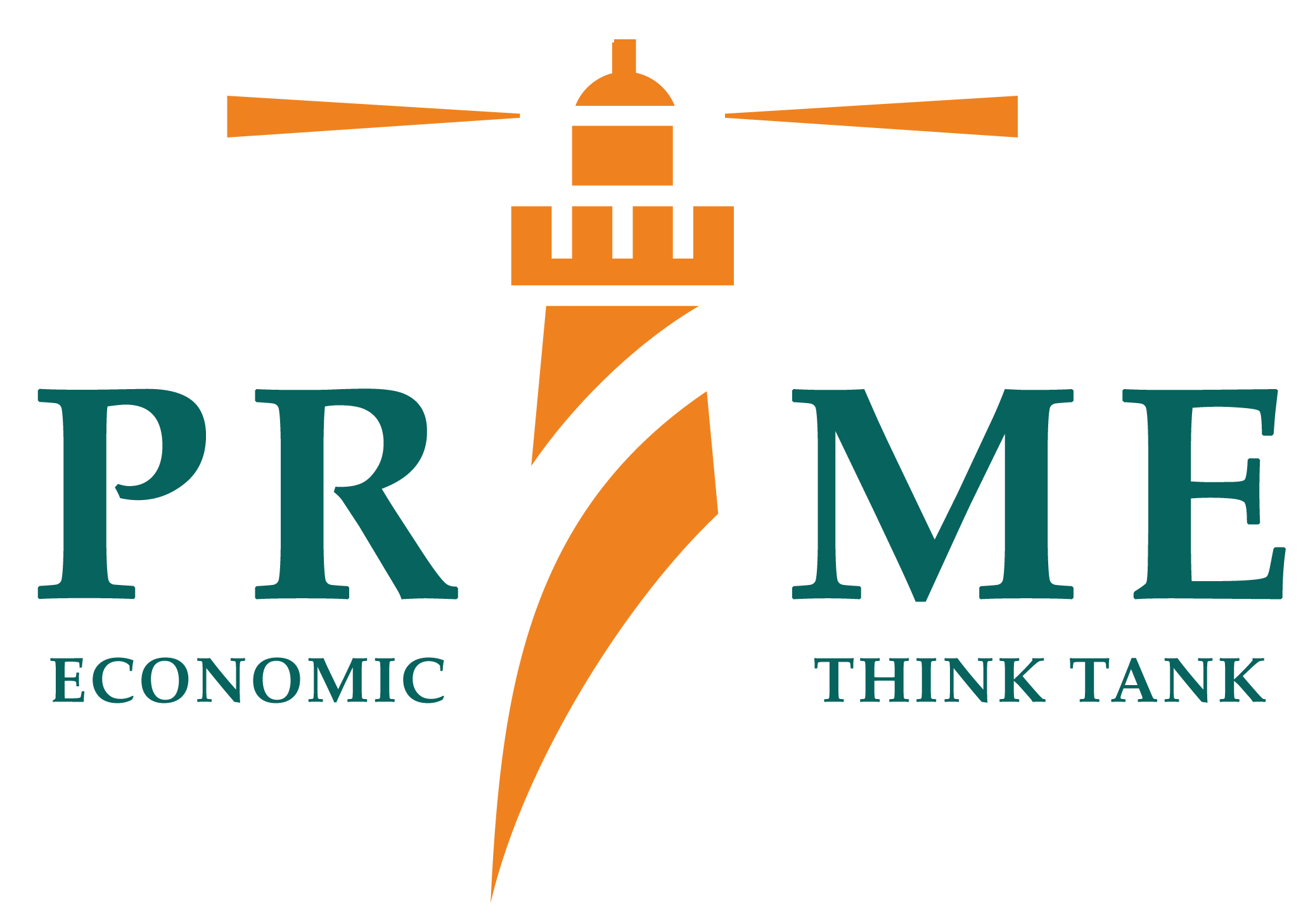Engine of growth (2016)
Industrial growth has been inconsistent in Pakistan. It has gone from 11 percent on average in 1960s to as low as 3 percent on average during the first half of 2010s. These aggregate numbers masks considerable inter-decadal volatility in industrial growth. Despite such trends, industrial sector remains an important correlate of economic growth. The GDP growth rate for the FY2015-16 was 4.71 percent despite a negative growth rate of 0.19 for the agriculture sector. This rather impressive growth rate in GDP was propelled mainly by 6.58 percent growth in industrial sector.
Industrial sector is also leading in employing new entrants to the labor force. From 2014 and 2015, it has provided new jobs to 1.12 million workers. Transport/Communication, Wholesale/Retail and others have provided jobs to 9,000 workers while employment in agriculture sector has reduced by 30,000 workers.
Currently, industrial sector has become even more important for Pakistan’s growth aspirations especially if viewed against the backdrop of CPEC investment and improved energy supply. The recent development update of the Pakistani economy by the World Bank also bears out this view.
The purpose of this report is to unravel industrial growth in Pakistan by identifying which sub-sectors and industries have been at the forefront of industrial growth. Such an analysis can guide businesses to mobilize their investment in those sub-sectors and industries. The analysis is supplemented by the policy analysis for industrial strategy prevalent in Pakistan and how it incentivizes industrial growth. The investment pattern of the industrial sector is also presented at a disaggregated level along with gauging the trend in the industrial productivity.
To read more, download the file:
